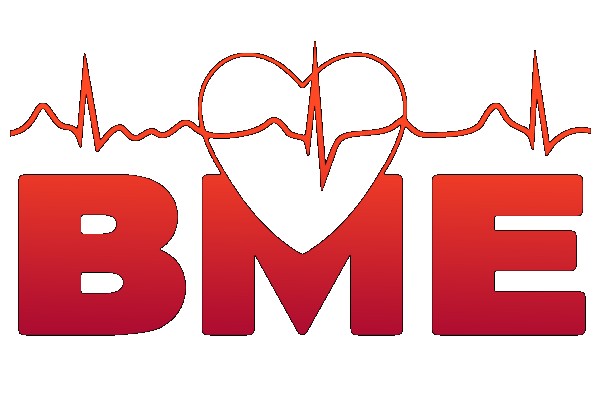Timetable of lectures:
1. Subject introduction and motivation, review of important programming construction in C language.
2. Microprocessor (MPU): history, computer architecture, arithmetic and logic unit, internal and external memory, instruction and instruction processing, instruction set, core ARM Cortex M.
3. Microcontroller (MCU): internal structure, peripherals, internal bus, programmers model, documentation.
4. Input and output interface, basic peripherals: basic microcontroller settings, GPIO peripheral, data direction settings, pull-up resistor, logic levels.
5. Interrupt system: interrupt sources, priority, vectors, handlers, interrupt controller (NVIC).
6. Counters and timers: SysTick, peripheral timers, input captures and output compare modes, pulse-width modulation, real time timers.
7. Analog signal in microcontroller: parallel AD converter, successive approximation converter, multiplexed converter, basic DA converters.
8. Basic serial communication interfaces: UART, I2C, SPI
9. User interface options: display, keyboard.
10. MCU application: heart rate sensing by external module, communication by serial bus example.
11. MCU application: electrical potential sensing, biosignal digitalization example.
12. MCU application: pulse oximeter, light source control by pulse width modulation and digitalization of measured optical signal example.
13. Modern trends in microcontroller applications in biomedical engineering, survey of present technology from worldwide manufacturers.
14. Final lecture, preparation for exam, subject summary.
The practical exercises in the laboratory will be in line with the lectures in the following areas:
- Introduction to implementation of ARM Cortex M embedded systems and work with user environment.
- Work with basic microcontroller peripherals: I / O interface, interrupt system, counters and timers, analog-to-digital converter, serial communication interface, user interface.
- Application in biomedical electronics using a microcontroller: use of external modules, measurement of analog signals, excitation of external components.
1. Subject introduction and motivation, review of important programming construction in C language.
2. Microprocessor (MPU): history, computer architecture, arithmetic and logic unit, internal and external memory, instruction and instruction processing, instruction set, core ARM Cortex M.
3. Microcontroller (MCU): internal structure, peripherals, internal bus, programmers model, documentation.
4. Input and output interface, basic peripherals: basic microcontroller settings, GPIO peripheral, data direction settings, pull-up resistor, logic levels.
5. Interrupt system: interrupt sources, priority, vectors, handlers, interrupt controller (NVIC).
6. Counters and timers: SysTick, peripheral timers, input captures and output compare modes, pulse-width modulation, real time timers.
7. Analog signal in microcontroller: parallel AD converter, successive approximation converter, multiplexed converter, basic DA converters.
8. Basic serial communication interfaces: UART, I2C, SPI
9. User interface options: display, keyboard.
10. MCU application: heart rate sensing by external module, communication by serial bus example.
11. MCU application: electrical potential sensing, biosignal digitalization example.
12. MCU application: pulse oximeter, light source control by pulse width modulation and digitalization of measured optical signal example.
13. Modern trends in microcontroller applications in biomedical engineering, survey of present technology from worldwide manufacturers.
14. Final lecture, preparation for exam, subject summary.
The practical exercises in the laboratory will be in line with the lectures in the following areas:
- Introduction to implementation of ARM Cortex M embedded systems and work with user environment.
- Work with basic microcontroller peripherals: I / O interface, interrupt system, counters and timers, analog-to-digital converter, serial communication interface, user interface.
- Application in biomedical electronics using a microcontroller: use of external modules, measurement of analog signals, excitation of external components.
